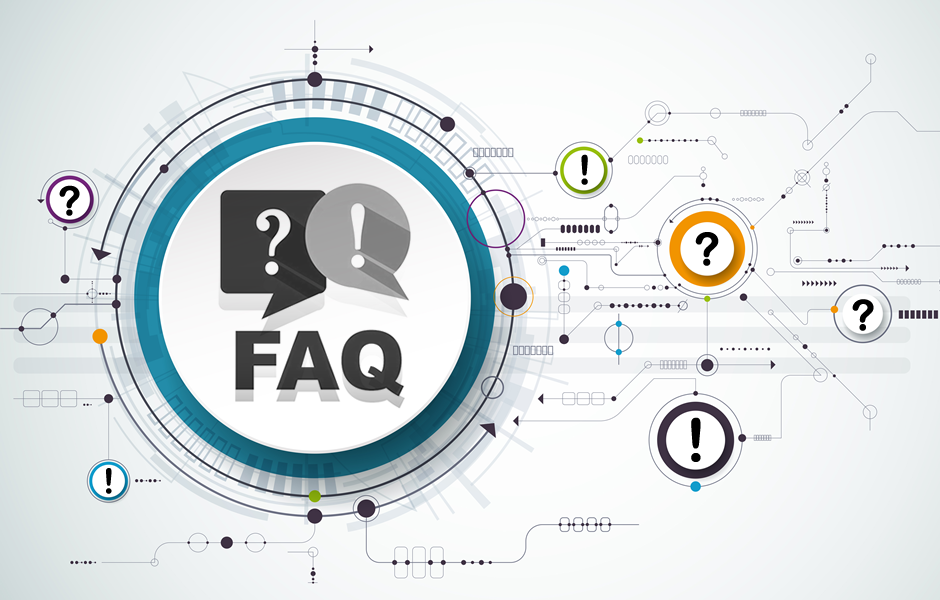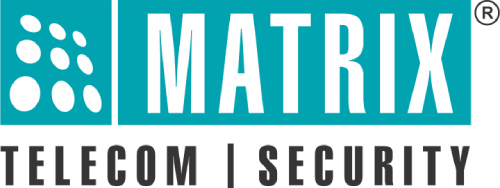
1. What is Video Management Software?
Video management software (VMS) plays a central role in the surveillance system for modern organisations. It allows the user to monitor real-time videos, record, store, & playback recorded videos to derive useful insights of the surveillance site.
2. When to upgrade a Video Surveillance System?
Nowadays, Video Management Systems offers much more than just surveillance. As upgrading other assets of the business is important so do the VMS system.
It is important to identify the signs of upgrading your VMS system. Some of them are listed below:
• When you are using a traditional CCTV surveillance system, having old Cameras and equipment, it is a must that you upgrade your system to avail the latest security functionalities.
• When you see that there is a recurring increased storage cost of the existing surveillance system. It is time to switch to an intelligent system that saves your storage and bandwidth cost and yet bring to you the best video quality.
• When you are planning on expanding from a single site to multiple sites it is must that you keep in mind that along with your sites it is equally important to upgrade your enterprise VMS.
• Check if your VMS supports Intelligent Video Analytics for monitoring sites, employees or business processes. Else, it is time to upgrade your system.
3. Which are the factors that should be considered while selecting Video Surveillance Cameras for a VMS System?
There is a wide range of Video Surveillance Cameras depending on their size, shape, features and applications that are specifically designed to perform well in all diverse environmental conditions. The Cameras that you choose should be such that it can be effectively deployed in any organization irrespective of its structure, size or location.
There are few things that users must consider while selecting the most suitable Video Surveillance Cameras for their VMS system. Users must check:
• Wired or wireless Cameras.
• Application of the Cameras i.e. Outdoor or Indoor.
• Type of Cameras according to its applications i.e. Dome if indoor and bullet if outdoor. Also, PTZ if larger 360° view is required.
• The Camera resolution to ensure the quality images.
• It should have a powerful image processor that can rectify the overexposed and underexposed area to deliver clear images even in varied light conditions.
• Light sensitivity of the Camera – the ability of a surveillance Camera to work even during the night.
• Frame rate – higher FPS generate clearer video.
• H.265 encoding technique to decrease storage and bandwidth consumption up to 50% and eventually reduce overall storage costs.
• It should offer intelligent analytics to provide real-time security.
• It should have inbuilt SD Card to continue recording even when there is a network disconnect between Cameras and NVRs.
4. Why should enterprises switch from traditional CCTV systems to advanced Video Management Systems?
Talking about the current scenario, Traditional CCTV systems are the analog devices which come with limited functionality to monitor and track events in the Camera vicinity. And new age video management systems are intelligent. They can record, store, playback, and analyse the captured events in real-time.
Advanced Video Surveillance systems are equipped with high-quality IP Cameras, which provides images with higher fps and hence good quality images are obtained. With these systems, there is no problem for Storage as the data is stored on the cloud and can be fetched whenever required. This saves a lot of overall costs as there is no need of constantly buying new storage devices once their capacity has reached. Users can just plug and play devices for small setups if they install Advanced Video Management Systems. These systems are easily customizable in terms of the number of connected Cameras, features in the software, types of video analytics, etc. which make them highly flexible and easy to manage.
5. What are the different types of VMS according to different enterprise sizes?
Video Management Software can be classified into three main categories as per the surveillance sites ― small, medium and large-sized VMS installations. Small size VMS installations support 10-20 Cameras and are suitable for small enterprises, primarily operating on single sites. Medium sized VMS installations include connecting 20 -50 Cameras. It is suitable for small to mid-sized enterprises and large-sized VMS installations include more than 50 Cameras which is suitable for big multi-site or multi-location enterprises.
6. Which third-party systems can be integrated with Video Management Software?
These systems are compatible with devices, systems, or applications (from another vendor) that can be integrated with a Video Management System to improve its functionality. Security devices like access control devices, IP Cameras, fire alarms and smoke detectors or devices like barcode scanners, speakers, a point of sale systems, electronic tags, ERPs etc., which can help streamline operations in businesses.
7. Enlist the different types of Video Management Software?
Video Management Software can be classified into two deployment types:
• Single Site Deployment: This VMS deployment is best suitable for managing Video Surveillance of a single site. It allows the user to manage the security and device ecosystem from the site itself.
• Multi-site Deployment: This VMS deployment has higher flexibility and scalability. It allows a user to manage multiple sites locations, from any location at any time.
 8. What constitutes Video Management Software?
8. What constitutes Video Management Software?
• Cameras
Cloud-based Video Management Software allows the user to use a wide variety of IP or analog Cameras and Network Video Recorders irrespective of the brand. As per the applications, users can choose Cameras such as dome, bullet, PTZ etc.
• Infrastructure
The cloud infrastructure of a cloud-based Video Management Software is comprised of the Management Server, Recording and Streaming Server and IVA Server. Management Server helps in managing all the activities that take place in VMS while IVA Server enables Intelligent Video Analytics.
 • Connections
• Connections
Connected devices in a Video Surveillance environment change according to industry, project type, and surveillance site. Connected devices like Access Control devices, Fire Alarm, ERP, Boom Barriers, Building Management Solution etc. work in-sync with Surveillance Cameras and generate critical analytics data for the business use cases.
• Web/Mobile Application
VMS solutions give freedom to develop and deploy the client application environment on any type of devices. A user can just log in to the web/mobile application to access the Video Surveillance from any device, anywhere, and anytime.
9. What is the latency in Video Management Systems?
Latency in Video Management System is defined as the delay in time between the frames captured by the surveillance Camera and video feeds displayed on the screen. Latency in a VMS system can occur at different stages of the system; right from IP Cameras, Network Video Recorders, servers to display monitors.
10. How does a VMS infrastructure adhere to the changing needs of the business?
Video Surveillance technology is rapidly evolving from the yesteryear’s hardware-centric isolated products to software powered centralized solutions. Video management software system is created to play the central role in a surveillance system for modern organizations. With its modular and scalable architecture, VMS can be effectively deployed in any organization irrespective of its structure, size or geographical spread. Further, it offers unique value-added surveillance applications such as Parking Management, Weighbridge, Cognitive Response Engine with Automated Monitoring and Access Control Integration. Video Analytics is a core strength of SAMAS with built-in standard and advanced IVAs and support for third-party IVAs. Thanks to the open platform and APIs, SAMAS can be integrated with a host of third-party applications and devices including IVA Servers, BMS, Fire, ERP and devices.
VMS caters to all classes of users including Chief Security Officer (CSO), Command & Control, Plant Heads, Branch Managers, Remotely Travelling Managers, Security Guards, IT Managers, System Admin, etc. It adds the power, flexibility and intelligence of software to any Video Surveillance system.
11. How to secure small businesses using IP Cameras and surveillance systems?
Small businesses with a single location can be secured using single location VMS which will require a set of IP Cameras along with Network Video Recorders for storage and a monitor to display the footage for surveillance functionality. Licenses can also be purchased to add security analytical features. Small businesses can also integrate security systems like Time and Attendance software, POS (Point of Sale) software and alarms to manage important business processes with the VMS system.

